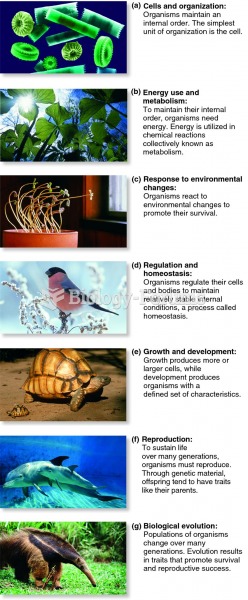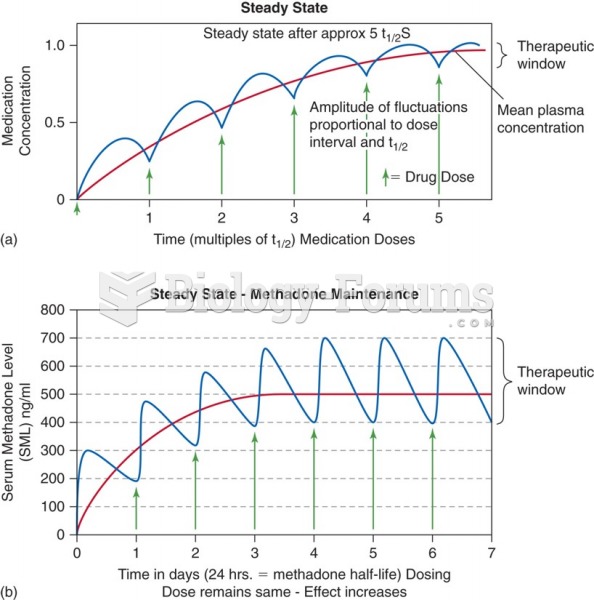Answer to Question 1
Appraisal denotes that more than simply perceiving the situation, we make a judgment about the relative significance of the event. During the appraisal process, we evaluate the event as a threat or a challenge. In other words, we evaluate it as either negative (a threat) or positive (a challenge). This process is an ongoing transaction (a two-way process) between us and the situation with cognitive appraisals filtering our perceptions.
Self-perceptions and judgments are also involved through us evaluating our ability to cope or deal effectively with the threat or challenge. Appraisal patterns are linked to particular emotional responses because each appraisal pattern has its own core relational meaning. That is, depending on the meaning we give to the appraisal, there will be a different emotional response. For example, the core relational theme of a demeaning offense against me and mine underpins the emotion of anger, the theme of facing uncertain, existential threat relates to the emotion of anxiety, and the theme of making reasonable progress toward realization of a goal leads us to experience the emotion of happiness.
Answer to Question 2
Threat appraisals are future oriented. When the future suggests the possibility of harm or loss, the person will experience threat. With these appraisals, the person can anticipate future coping needs and prepare for the threat. In anticipating the future, when the coping abilities are self-assessed as meeting the demands of the situation, then the potential harm-loss appraisal will be seen as a challenge rather than a threat. Challenge appraisals see the potential for gain or growth.







